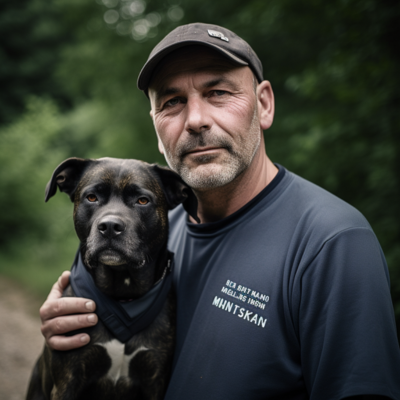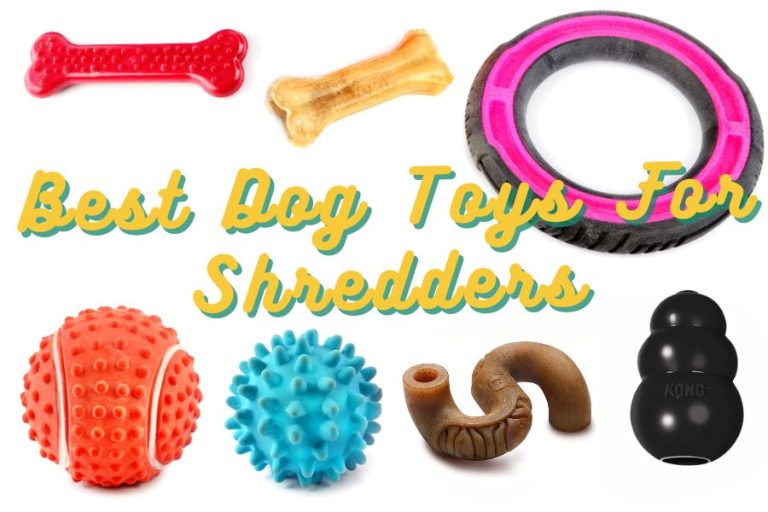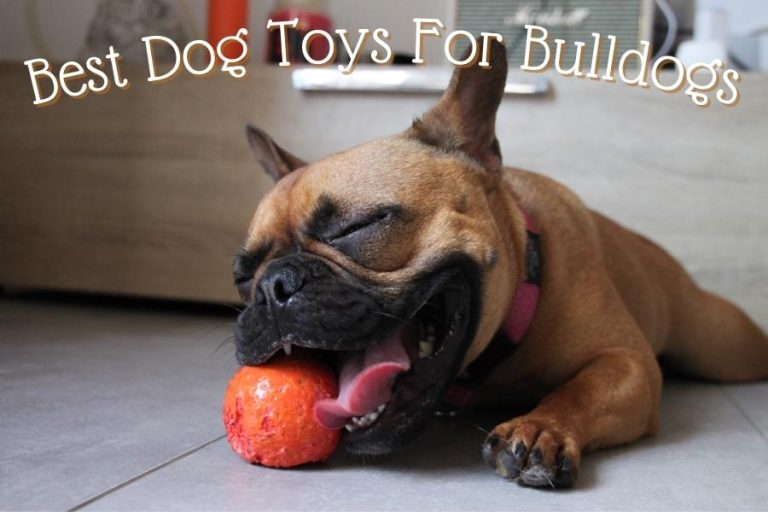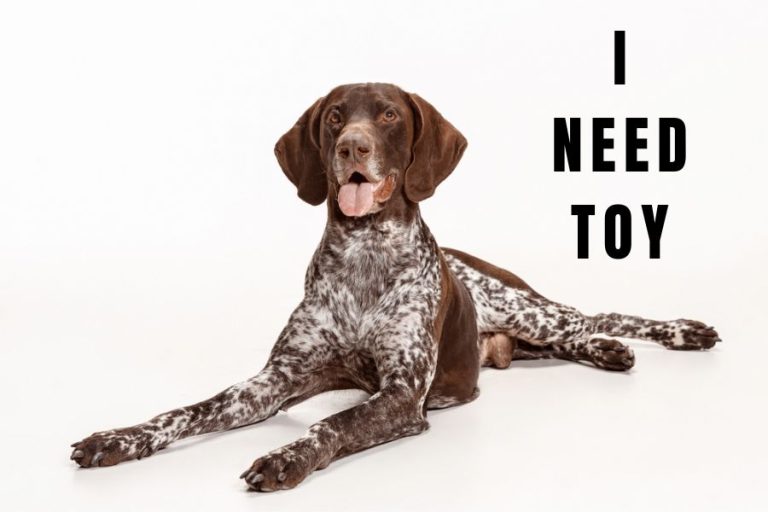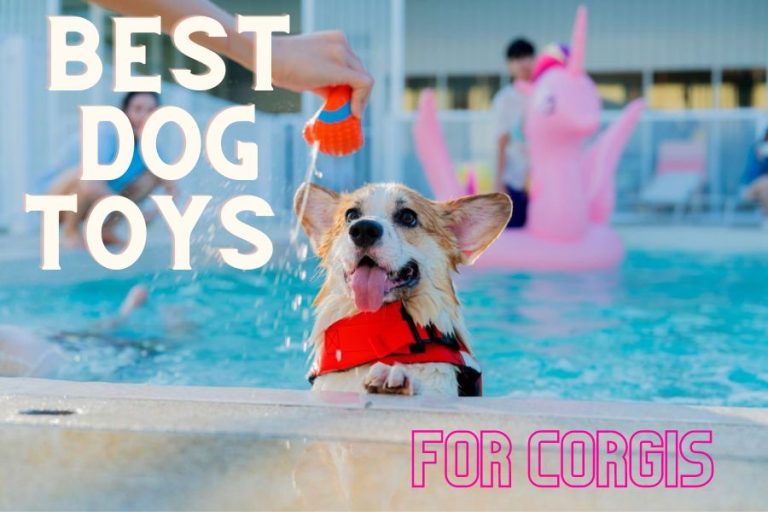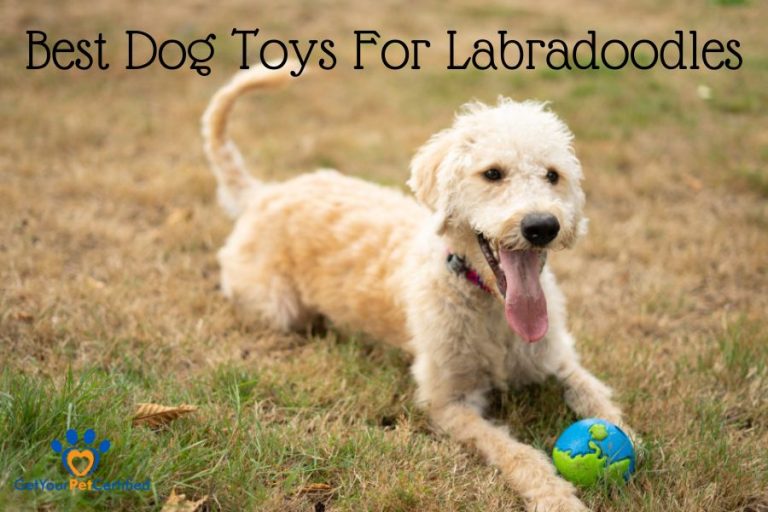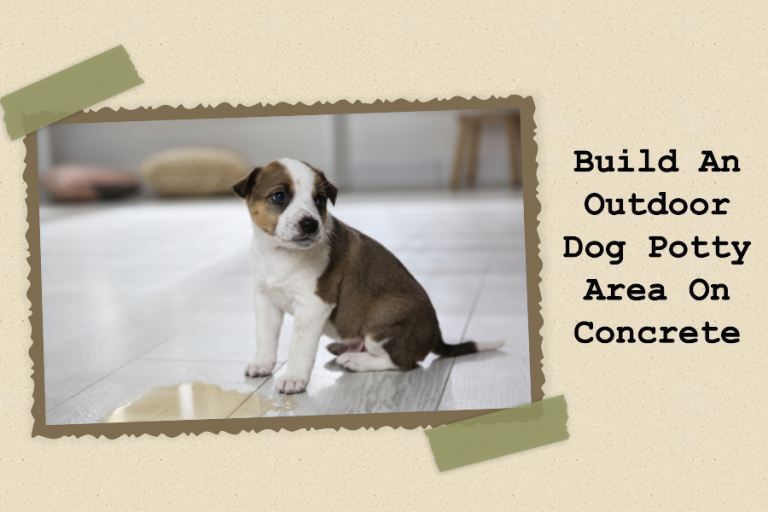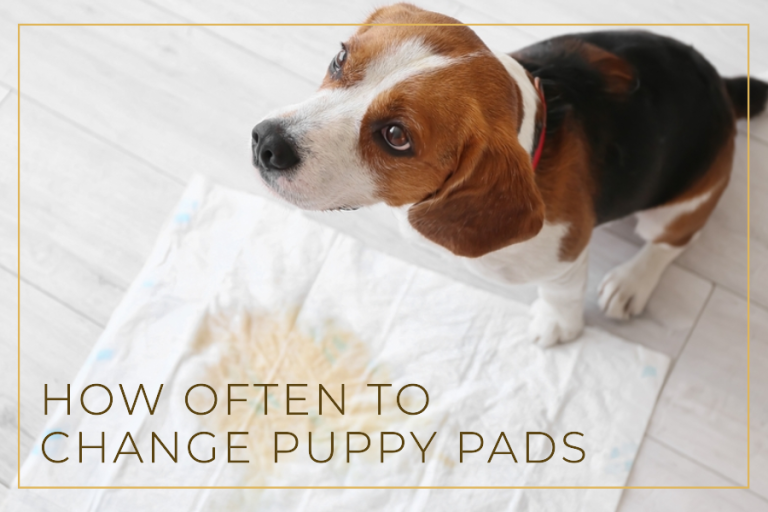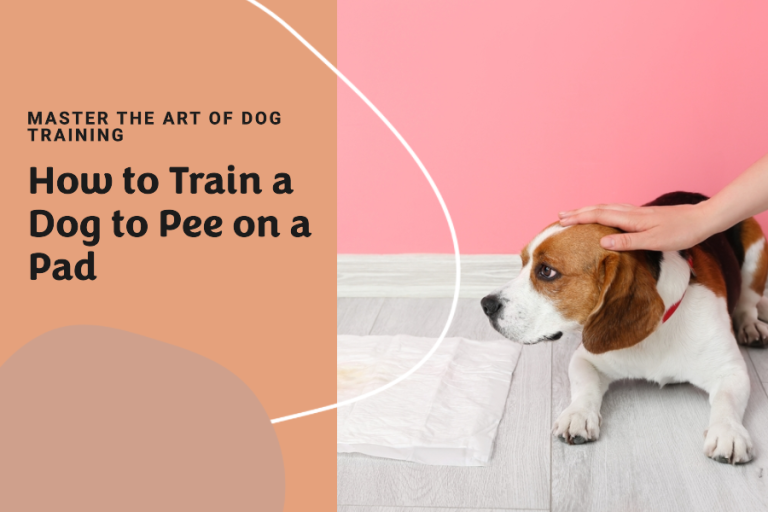What Is The Best Toy For An Active Dog?
If you’ve got a furry friend who just can’t seem to sit still, making it difficult to satisfy their playtime needs? This is a common challenge for many pet parents. Luckily, the right toy can be the perfect solution to provide them with a healthy outlet for their energy.
It is important to keep your hyper and active dog engaged and entertained. What Is The Best Toy For An Active Dog? In this article, we’ll explore various options and analyze the differences between all toys to choose the best toys.

The Different Types Of Toys
Firstly, let’s discuss two major types of toy for our hyper and active dog :
Physical exercise toys
Various toy options that can satisfy ample physical exercise to burn off their excess energy.
- Fetching toys : a ball, frisbee, or a toy specifically designed for fetching. Playing fetch with a ball can be an excellent form of exercise for hyper and active dogs. It engages dogs jumping, running, and chasing instincts, providing a great workout.
- Tug Toys: such as ropes or rubber tug-of-war toys, are ideal for interactive play with hyperactive dogs. This controlled game strengthens their jaw muscles, provides an outlet for their energy, and promotes bonding relationships.
- Agility Tunnel: Involves guiding your dog through an obstacle course, including jumps, weave poles, tunnels, and ramps. If you have space in your backyard, an agility tunnel can be a fantastic addition for active dogs.
- Bounce and Chew Toys: Rubber toys, like Kong balls or similar designs. These kinds of toys have a good bounce, keeping your dog entertained as they chew, chase, and retrieve.
Find out : Best Dog toys for Hyper Dogs
Interactive and puzzle toys
These toys can provide mental stimulation while challenge dog’s problem-solving skills:
- Interactive toys : Interactive treat-dispensing toys or Interactive Plush Toys. These toys keep them engaged and mentally stimulated while our dog rolls, nudges, or paws at the toy to release the treats.
- Puzzle balls or treat puzzles: puzzles, interactive feeders, or puzzle balls. They typically have compartments or hidden areas where you can hide treats or kibble. Dogs enjoy searching for and retrieving the hidden items, engaging their natural scavenging instincts.
The Overall Benefits Of Toys For Dogs
Toys can help your hyperactive dog channel their energy in a positive and healthy way, and reducing behavioral issues :
| Aspect of Health | Benefits of Interactive Toys for Dogs |
| Mental Stimulation | Engage the mind and prevent boredom |
| Physical Exercise | Help maintain a healthy weight and prevent obesity |
| Dental Health | Reduce plaque and tartar buildup |
| Stress Relief | Reduce stress levels and promote relaxation |
| Bonding | Create opportunities for bonding and socialization |
| Independence | Boost confidence and sense of accomplishment |
| Behavior | Redirect destructive behaviors to appropriate objects |
| Modification | Promote positive reinforcement training techniques |
| Boredom & Anxiety | Alleviate boredom and reduce unwanted behaviors |
Tips For Selecting The Right Size And Type Of Toy For Your Dog
Size
Dogs come in various sizes, so it’s crucial to choose appropriate the toy’s dimensions :
- Tiny Dogs (e.g., Pomeranian, Chihuahua, Yorkshire Terrier):
- Puzzle toys: Smaller-sized puzzle toys that challenge their problem-solving skills.
- Miniature balls: Small, lightweight balls for fetching and chasing.
- Plush toys: Soft and cuddly toys that are easy to carry and gentle on small jaws.
- Medium Dogs (e.g., Border Collie, Cocker Spaniel):
- Squeaky toys: built-in squeakers with different sounds to keep them entertained.
- Rope toys: Durable rope toys for tugging, chewing, and interactive play.
- Large Dogs (e.g., Golden Retriever, Labrador Retriever):
- Rubber toys: Heavy-duty rubber toys that can withstand their strong jaws and chewing.
- Tug-of-war toys: Ropes or rubber toys designed for interactive tug-of-war play.
- Giant Dogs (e.g., Great Dane, Newfoundland):
- Heavy-duty chew toys: Extra-durable toys made from tough materials like hard rubber or nylon.
- Jumbo-sized balls: Oversized balls designed to accommodate their size for fetching or rolling around.

Age
Select toys that match your dog’s different age groups, each having specific toy requirements:
- Puppy (Up to 6 months): teething toys, plush toys, interactive toys with treats
This age group prefers toys that can soothe their gums during the teething phase. Mostly are gentle and smaller-sized plush toys for comfort and play.
- Adult (7 months to 6 years): interactive puzzle toys, rope toys, squeaky toys
Adult Toys that challenge their problem-solving skills and keep them mentally stimulated.
- Senior (7 years and older): Soft And Plush Toys, Senior-Specific Toys, Treat-Dispensing Toys
At this age, dogs need gentle toys for comfort and companionship. With softer materials or textures to be easier on their aging teeth and jaws.

Personalized Preferences
Remember that every dog is unique, so be open to your dog’s individual preferences. Offer a variety of toy types and observe which ones your dog enjoys the most. Some dogs may have specific likes or dislikes, so be flexible and adapt your toy selection accordingly.
Energy Level
Dogs have varying energy levels, from low to high.
- Low-energy dogs may prefer interactive puzzle toys that engage their minds without intense physical exertion.
- High-energy dogs will benefit from toys that promote physical exercise, such as fetch toys or agility equipment.

